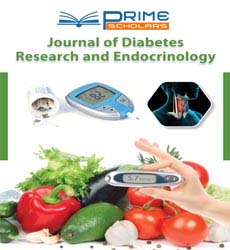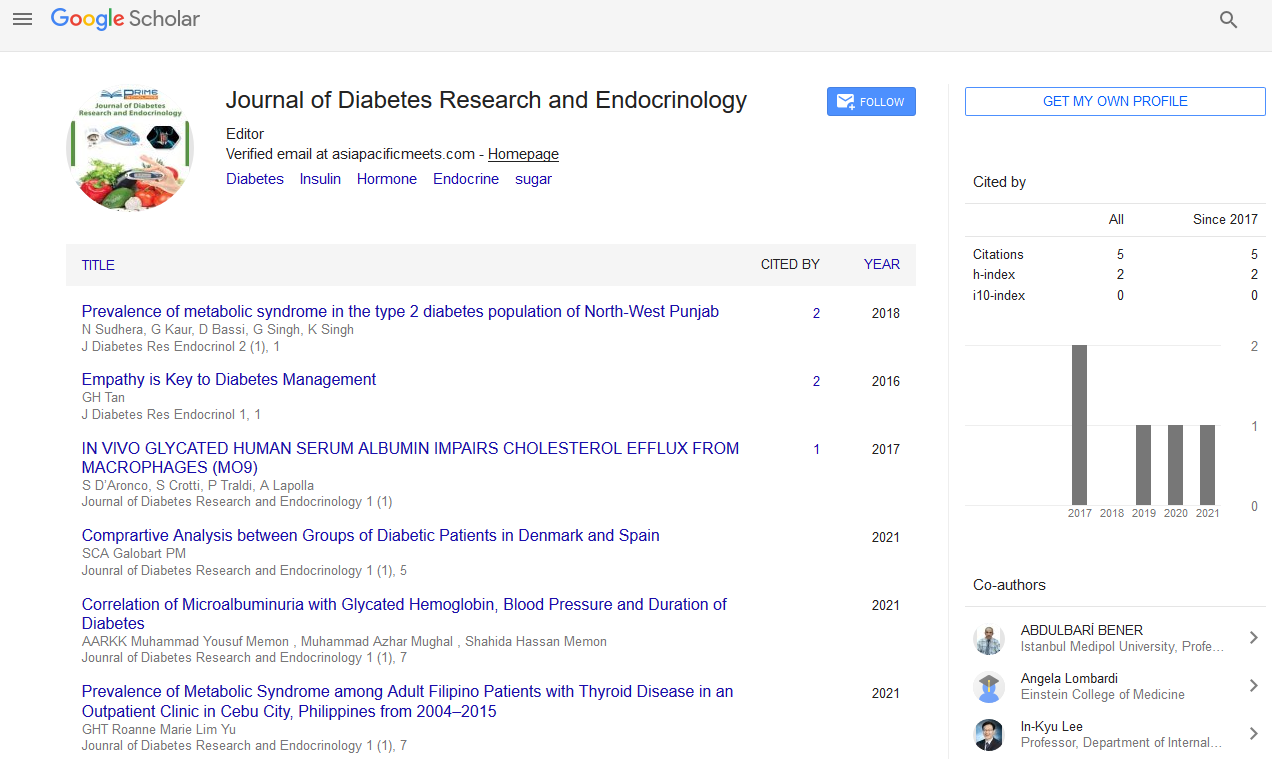Commentary Article - (2022) Volume 6, Issue 6
Nutrition Performs a Vital Position in Continual Wound Recovery as Greater Vitamins are Wished for Tissue Restore and to Repair Losses through Wound Exudate
Jason Claud*
Department of Endocrinology, Royal University, Bhutan
*Correspondence:
Jason Claud,
Department of Endocrinology, Royal University,
Bhutan,
Email:
Received: 01-Nov-2022, Manuscript No. IPJDRE-22-15039;
Editor assigned: 03-Nov-2022, Pre QC No. IPJDRE-22-15039 (PQ);
Reviewed: 17-Nov-2022, QC No. IPJDRE-22-15039;
Revised: 22-Nov-2022, Manuscript No. IPJDRE-22-15039 (R);
Published:
29-Nov-2022, DOI: 10.36648/IPJDRE.6.6.35
INTRODUCTION
Insufficient consumption of energy, protein, antioxidants (diet
C, A, and zinc) and diet D are not unusual place in sufferers with
continual wounds and were related to behind schedule wound
recovery and dehiscence. Other hazard elements together with
obesity, diabetes, superior age, corticosteroid use, and dehydration
also can lessen or obstruct the recovery process, and
dietary screening is crucial to perceive sufferers with malnutrition.
Proteins, amino acids (arginine, glutamine and methionine),
nutrients C and A, and zinc were used as pharmacological
vitamins in strain ulcer recovery; however, omega-three
fatty acids, even though they seem to sluggish progression, do
now no longer display progressed recovery rates. In sufferers
with diabetic foot, supplementation with vitamins D, C, A, and
E, magnesium, zinc, omega-3 fatty acids, and probiotics reduces
ulcer length and improves glycemic control, even though
they have got now no longer been related to entire recovery;
however, supplementation with arginine, glutamine, and β-hydroxy-
β-methylbutyrate does display wound recovery, even
though similarly proof is wanted to verify those results.
Description
Diabetic Foot Ulcer (DFU) is a serious and debilitating complication
of diabetes. Numerous research investigations have
been conducted to elucidate the wound healing mechanisms in
diabetes, develop new therapies, and screen bioactive wound
dressings to improve the current management of DFU. These
were not possible without the use of appropriate wound models,
especially in relation to diabetic wounds. This overview
highlights various research models used in DFU studies. 2D
scratch test, 3D skin model, 3D angiogenesis model and their
limitations. Current efforts and challenges for applying 2D and 3D in vitro models in the context of hyperglycemia are reviewed
to provide insights into DFU modeling. Perspectives on the future
use of 3D bioprinting and skin-on-the-chip models as diabetic
wound models are also presented. Using knowledge from
previous experience and current research, an improved experimental
model of DFU should be established in the near future.
Diabetic Foot Ulcers (DFU) are a common and serious complication
of diabetes mellitus associated with increased morbidity
and mortality and a significant economic burden on
the healthcare system. Standard treatment for DFU includes
decompression, acute debridement, wound fluid balance, infection
control, and treatment of peripheral arterial disease.
Various advanced modalities targeting specific pathophysiological
aspects of impaired wound healing in diabetes are being
explored as potential add-on therapies for difficult-to-heal
ulcers. These modalities include growth factors, stem cells,
cultured fibroblasts and keratinocytes, bioengineered dermal
substitutes, acellular bioproducts, human amniotic membrane,
oxygen therapy, negative pressure wound therapy, and energy
therapy. In addition, the use of advanced biomaterials and
gene delivery systems are explored as methods to effectively
deliver substances to the wound bed. In the current review, we
review recent advances in non-pharmacological management
of DFU and summarize the efficacy of various standard and advanced
therapies [1-4].
Conclusion
Deep cultures using aseptic techniques (eg, incision and drainage,
debridement, bone culture) are helpful in treatment. If
osteomyelitis is suspected, a plain radiograph is a helpful first
image. However, if x-rays are inconclusive, the extent of infection
is unknown, or the direction of infection needs to be determined to aid in surgical planning, magnetic resonance imaging
or computed tomography may be helpful. Staphylococcus
aureus and Streptococcus agalactiae are the most commonly
isolated pathogens, but polymicrobial infections are also common.
Antibiotic therapy should often cover the isolated organism
and reflect local resistance patterns, patient preferences,
and severity of the foot infection. Infections can be treated
with oral antibiotics. Intravenous antibiotics are required for
severe infections. The duration of treatment is usually 1 to 2
weeks, longer if the infection or osteomyelitis heals slowly.
Acknowledgement
None
Conflict of Interest
The authors declare that they have no conflict of interest.
References
- Yan C, Chen J, Wang C, Yuan M, Kang Y, et al. (2022) Milk exosomes-mediated miR-31-5p delivery accelerates diabetic wound healing through promoting angiogenesis. Drug Deliv 29(1): 214-228.
[Crossref] [Google Scholar] [PubMed]
- Gohil K (2021) Lower limb wounds in diabetes: The challenges of wound healing. Br J Community Nurs 26(Sup9): S20-S24.
[Crossref] [Google Scholar] [PubMed]
- Peppa M, Raptis SA (2011) Glycoxidation and wound healing in diabetes: An interesting relationship. Curr Diabetes Rev 7(6): 416-25.
[Crossref] [Google Scholar] [PubMed]
- Holl J, Kowalewski C, Zimek Z, Fiedor P, Kaminski A, et al. (2021) Chronic Diabetic Wounds and Their Treatment with Skin Substitutes. Cells 10(3): 655.
[Crossref] [Google Scholar] [PubMed]
Citation: Claud J (2022) Nutrition Performs a Vital Position in Continual Wound Recovery as Greater Vitamins are Wished for
Tissue Restore and to Repair Losses through Wound Exudate. J Diab Res Endocrinol. 6:35.
Copyright: © 2022 Claud J. This is an open-access article distributed under the terms of the Creative Commons Attribution License,
which permits unrestricted use, distribution, and reproduction in any medium, provided the original author and source
are credited

